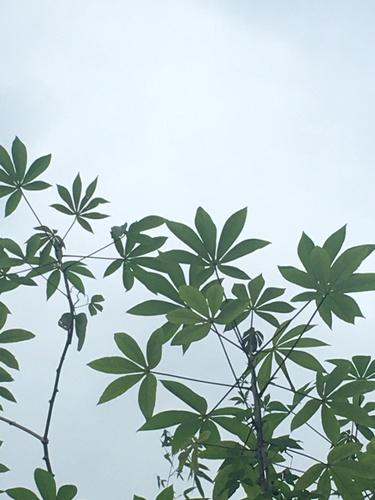
Cassava (Manihot esculenta)
Cassava, also known as Tapioca, Mandioca
Cassava (Manihot esculenta), originally from South America, has become a crucial carbohydrate source globally, particularly in low-income regions due to its affordability and ease of cultivation. The starchy root is versatile, used in dishes like boiled or fried cassava, as well as in products like tapioca and cassava flour. However, only the properly prepared root is safe for consumption; other parts of the plant are toxic.
Beyond food, cassava starch finds applications in laundry products and is being explored as a potential biofuel source. Proper processing is essential to eliminate harmful cyanogenic compounds, which can cause serious health issues if ingested.
Key Facts About Cassava
Attributes of Cassava
Scientific Classification of Cassava
Toxicity
Ingestion of raw or improperly processed parts, particularly the roots and leaves